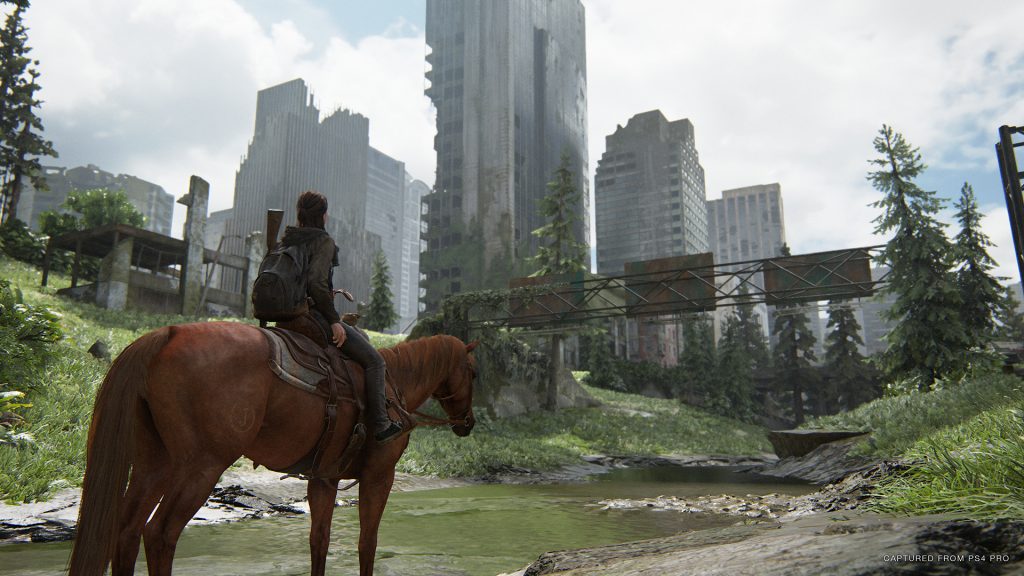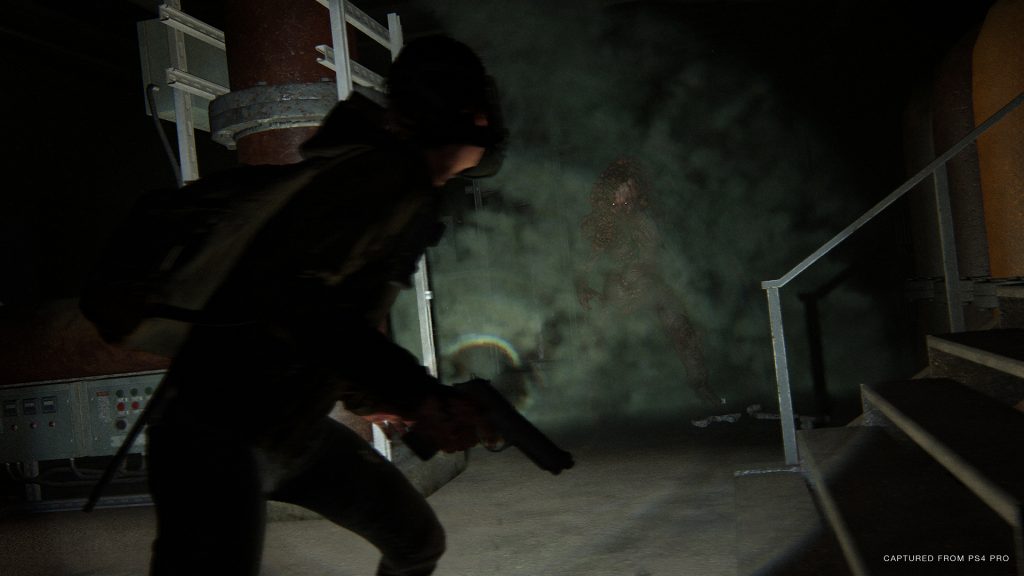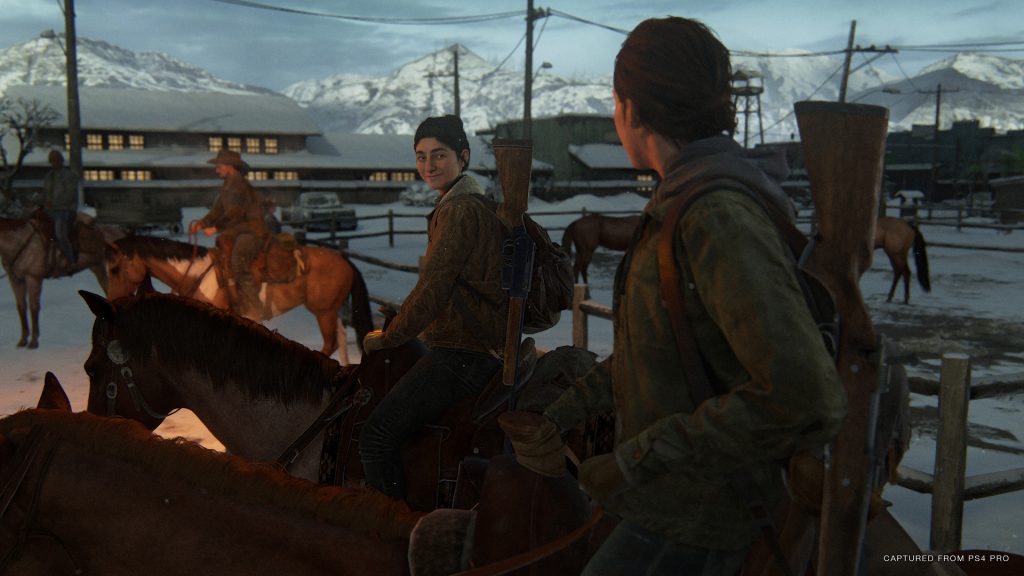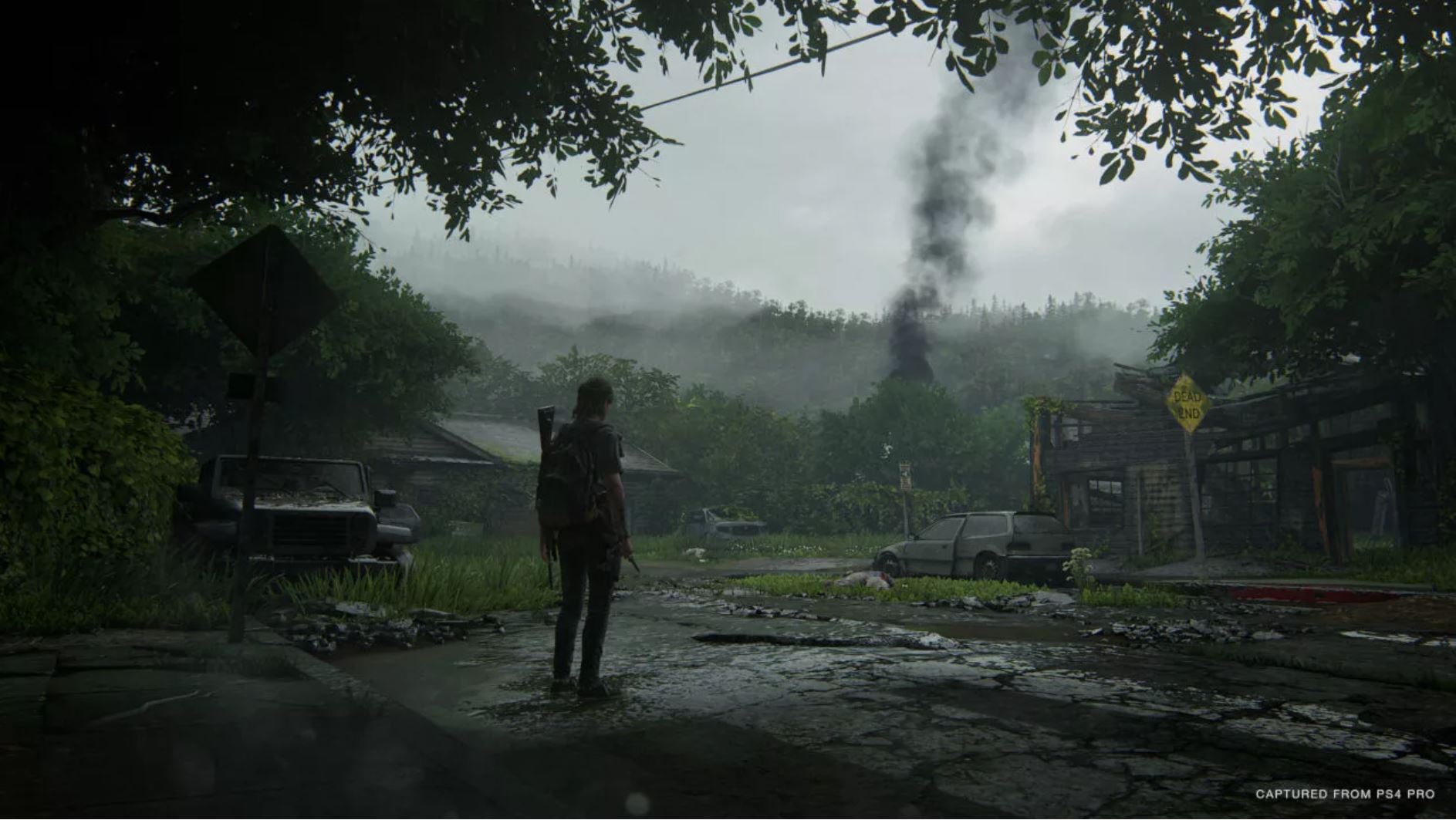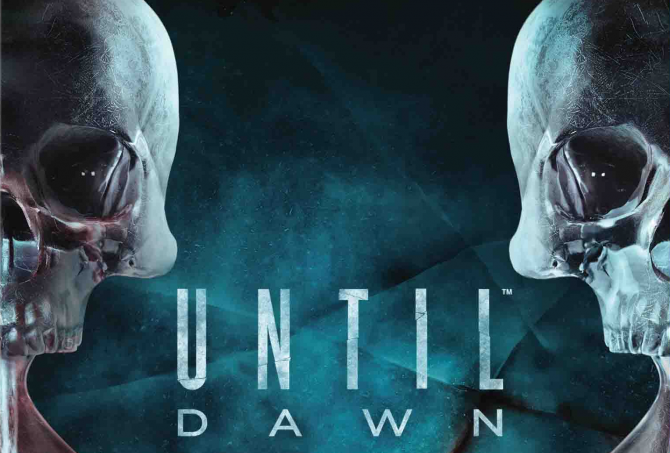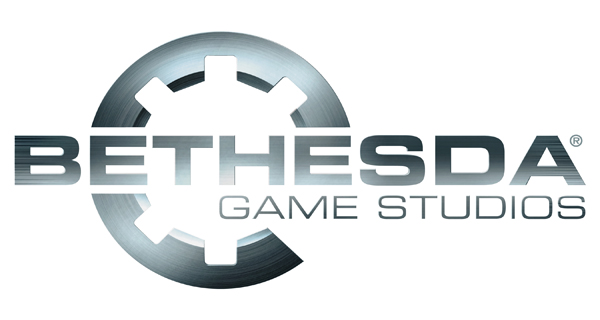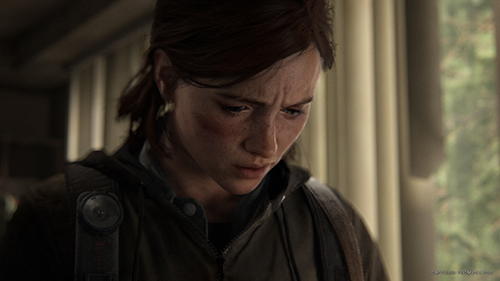
The Last of Us Part II charts a dark path for players, re-introducing us to the cordyceps-infested world from the 2013 original, which has now grown even more violent, even more bleak, and yet somehow more beautiful. Truly terrible things happen throughout its long narrative that are among the darkest things I’ve seen in a video game, but there are also wonderful glimpses of hope, humour and peace. It’s also a stunning achievement for the PlayStation 4, as the console begins its ride into the sunset. The fidelity of the visuals, from character models to props is impressive, but it’s the creativity and scope of the environments that become the true star of the show.
Eschewing multiplayer for an as-yet undetailed separate release, The Last of Us Part II is a lengthy, single-player adventure that’s finely crafted, but also boils down to simple and universal themes – revenge and consequences. Ellie, Joel’s charge from The Last of Us and now 19, is now the focus for the story. She’s still funny, witty and sarcastic, but she’s also still headstrong and stubborn, which leads her from the warm relative safety of Jackson, Wyoming, to the decrepit ruins of Seattle, Washington. The narrative moves slowly, with intermittent breaks that ask that you simply explore and enjoy a picturesque or interesting location, and verges on dragging a little at times. But, this also allows for plenty of breathing room for the natural, insightful dialogue, that’s often amusing but also very believable as coming from people who’ve grown up in this fungal post-apocalypse. When big events do happen, they hit harder because of how much we buy in to these characters through these moments. It’s also a play the writers know all too well, and the subtlety with which its initially performed becomes somewhat more transparent as the narrative moves on, and further characters are revealed. However, the connection you feel as a player with Ellie, as she’s put through the grinder of with powerful themes that resonate throughout, it’s a story that begs to be thoroughly dissected by players after its release.
Seattle is huge, gorgeous, meticulously detailed, and dangerous. Thanks to damage from human conflict further worsening conditions, Seattle is even more overgrown than Boston from The Last of Us, with rivers running through ruined highways and forests invading former streets, to the point that sometimes it’s impossible to imagine how the city may have looked before the collapse of civilisation. Early in the game, it’s also more open than anything Naughty Dog has attempted before. Given a map of a section of the city, Ellie highlights a few specific areas to visit, but otherwise leaves the exploration up to you, with multiple unique shops, businesses and basements open for you to check out and raid for supplies. As you explore, you open up new points of interest on Ellie’s map to check out, leading to a semi-open world that’s reminiscent of Uncharted: The Lost Legacy, Naughty Dog’s earlier foray into a similar design – and it really, really works. Checking out every nook and cranny for every materials and collectables is addictive, with unique mini-encounters with enemies, and finding weapons that could otherwise be missed. It’s up to you what you see, and what you don’t.
It hurts a little that this structure isn’t utilised more. Most of the game returns to setting you on a linear path, with no map and one entrance and one exit leading from Point A to Point B, although Naughty Dog do make these areas quite large, with usually plenty of shops to scavenge. As before, Ellie can find crafting materials in incomplete amounts, meaning you’ll constantly be running her against shelves and walls searching for every scrap of cloth or alcohol to craft health kits or molotov cocktails. There’s also a multitude of bleached skeletons to come across, usually found accompanied by a tragic note detailing their last thoughts, as well as plenty of locked safes, usually with a combination close by. Beyond the safes, the most repeated puzzle design is simply moving dumpsters to gain access to a higher area, which gets a little tired by the end of the game, despite a couple of physics-based spins on the idea.
The larger level design also lends more tension to the game, as patrols of human enemies wander through many of Seattle’s streets. Ellie can ‘listen’ to detect enemies through walls, which helps gain the upper hand to quietly stalk and instantly take down stragglers – although, if you’re clever, combat can often be avoided entirely. New craftable trap bombs can also help you lure and take out enemies with ease. If things do turn sideways, you don’t have to instantly reload your last checkpoint (even if I personally have an itchy trigger finger with that kind of thing), as Ellie is well equipped to adapt to a rapidly changing situation, able to smoothly throw stun bombs to unbalance opponents and get in a quick kill, enter melee fighting to dodge and dispense with them one-on-one, or grab them and hold them hostage while you plan your next move.
You also have access to an array of firearms, from the silent-but-deadly bow and arrow, to shotguns, rifles, and several handguns. Firefights are often short, but impactful, as shots land with deafening impact in the sound mix, and Ellie is often violently thrown back from the impact of a bullet – although able to recover quickly by returning fire while down. While not the ideal way to handle scenarios, given the scarcity of ammunition and supplies, switching up your stealth into an all-out assault can deal with enemies much more quickly than evading them, especially if you already have an idea of their numbers. Although human encounters feel more fluid, there are still a wealth of run-ins with the infected – or ‘clickers’ as they’re known in The Last of Us. These feel a little more like puzzles than anything else in the game, as one wrong move can instantly bring a torrent of zombified mushroom people on top of you. You have to be far more careful, and plan out your moves as you slowly remove infected enemies from the map through stealth and cunning, as going loud will inevitably be far more trouble than its worth, and exits are often locked behind noise-making circumstances.
Both your weapons and Ellie can be upgraded through scavenging parts and pills, respectively. While offering only a few upgrade options for each gun, the system is still appreciated as each one makes for a marked improvement rather than an incremental increase, like adding a scope to a rifle or a great deal more stability to a handgun. Ellie herself can improve her health, senses and crafting options thanks to rare training manuals found throughout the campaign, each of which unlocks a unique skill tree. These trees are short, but once again each upgrade feels important and necessary.
Between this mix of exploring and picking apart environments for supplies, while dodging and managing human and infected encounters, The Last of Us Part II finds its groove. In a beautiful, ruined world that begs to be examined, one wrong step or broken window can instantly put you in mortal danger. Through strong performances, charming dialogue and world-building, Naughty Dog invites you to explore the humanity that lingers in its extreme world, while confronting you with the darkness and violence that vengeance invites, that threatens overshadow it. As a swan-song for the PS4, The Last of Us Part II is a belter.
-A focus on exploration fleshes out a gorgeous post-apocalyptic Seattle -Subtle details in characters that shine throughout the narrative -Tense stealth as you evade both the living and the infected -Flexibility in how you approach combat, or turn the tables in a cat-and-mouse game
-The early promise of truly open design isn't capitalised on -Basic puzzle design becomes repetitious

